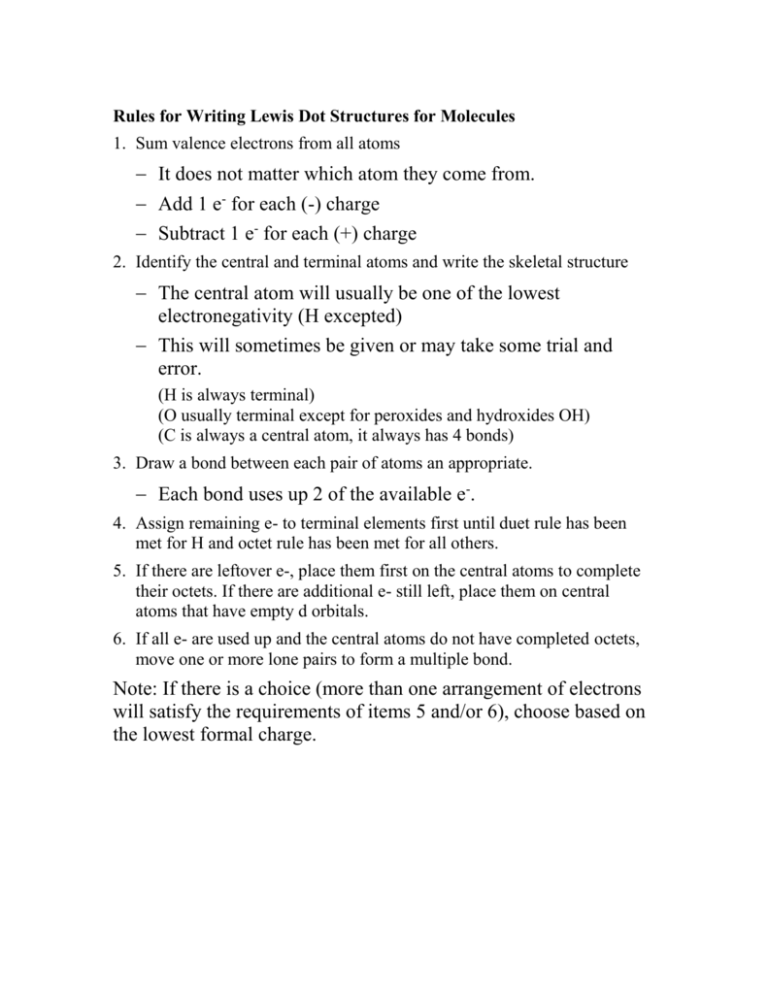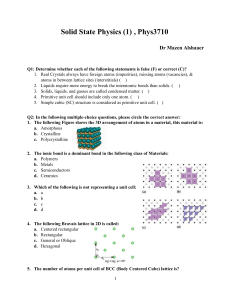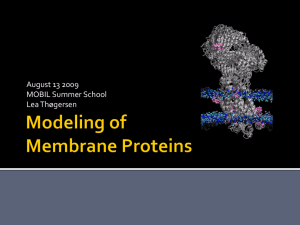Rules for Writing Lewis Dot Structures for Molecules
advertisement

Rules for Writing Lewis Dot Structures for Molecules 1. Sum valence electrons from all atoms It does not matter which atom they come from. Add 1 e- for each (-) charge Subtract 1 e- for each (+) charge 2. Identify the central and terminal atoms and write the skeletal structure The central atom will usually be one of the lowest electronegativity (H excepted) This will sometimes be given or may take some trial and error. (H is always terminal) (O usually terminal except for peroxides and hydroxides OH) (C is always a central atom, it always has 4 bonds) 3. Draw a bond between each pair of atoms an appropriate. Each bond uses up 2 of the available e-. 4. Assign remaining e- to terminal elements first until duet rule has been met for H and octet rule has been met for all others. 5. If there are leftover e-, place them first on the central atoms to complete their octets. If there are additional e- still left, place them on central atoms that have empty d orbitals. 6. If all e- are used up and the central atoms do not have completed octets, move one or more lone pairs to form a multiple bond. Note: If there is a choice (more than one arrangement of electrons will satisfy the requirements of items 5 and/or 6), choose based on the lowest formal charge.











